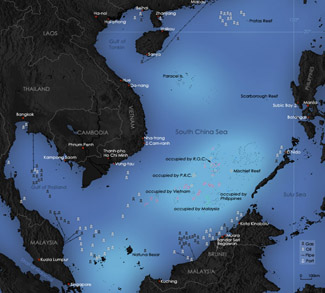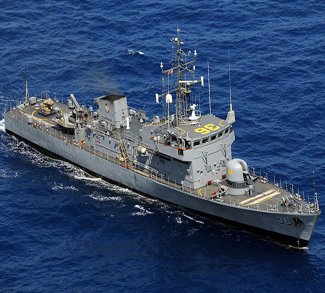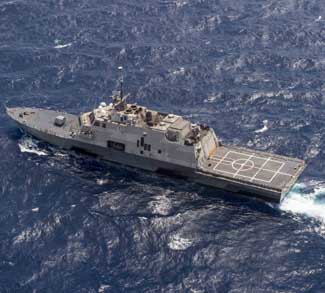Summary
After years of relative calm under the pro-China Duterte regime, tensions are mounting between China and the Philippines over the South China Sea. The shift can be attributed in part to the policies of President Ferdinand Romualdez Marcos Jr., who has adopted a more proactive stance against China’s aggressive maneuvers and gray zone tactics in and around Philippines waters. The pivot has brought about a marked warming of US-Philippines relations; for example, the two countries hammered out an agreement to expand US military bases in the Philippines by four in 2023, including in the highly strategic Cagayan province south of Taiwan. Now options like regular US-Philippine joint patrols in the South China Sea are increasingly being considered, suggesting new tactical possibilities for deterrence, but also new ways to trigger unintended escalations.
Background
The Philippines’ South China Sea Transparency Initiative
The perception of worsening China-Philippines tensions could be amplified by the fact that much of these gray zone tactics and interdictions once took place behind the scenes, unnoticed or unremarked on by Manila during the Duterte years. This changed in May 2024 with the launch of a ‘transparency initiative’ by the Marcos administration, which intended to monitor and expose China’s aggressive actions near the Second Thomas Shoal (Ayungin in the Philippines) and elsewhere. As others have pointed out, this is not the first time that the Philippines has tried to name and shame Beijing for its actions in the South China Sea. But the initiative is a clear departure from Manila’s recent passivity, and it lays the diplomatic groundwork for increased support from the United States, Australia, and Japan – all of which fall in the Western camp – if not regional allies in ASEAN.
Manila is launching its own foray in a wider information war with the transparency initiative, evident in a recent incident involving a 60 Minutes crew and other journalists. The crew was invited to observe patrols on a Philippine Coast Guard vessel by the Philippines government, and filmed aggressive ramming maneuvers by the Chinese Coast Guard in the waters near the Sabina Shoal in September. Yet before they had even returned to port, China had already disseminated its own narrative of the clash, identifying the Philippines Coast Guard as the aggressor and the 60 Minutes crew as Western propagandists, complete with pictures.
Where the China narrative may have gone unchallenged before, the transparency initiative offers the possibility of an alternative interpretation; however, this doesn’t mean that Manila’s version is reaching and/or convincing the audiences it wants to target.
China Changes Tack at the Second Thomas Shoal
The transparency initiative has failed to defuse tensions at the Second Thomas Shoal. In fact, research from the Asia Maritime Transparency Initiative illustrates a spike in the presence of Chinese vessels from mid-2023, mainly on the back of increased involvement from the People’s Armed Forces Maritime Militia (PAFMM). The researchers also note that PAFMM, Coast Guard, and PLA Navy vessels have been more likely to employ aggressive tactics (ramming, water cannon, boarding) over this span.
The Second Thomas Shoal is the site of the BRP Sierra Madre, a grounded Philippine Navy ship turned impromptu military outpost and sovereignty marker. Tensions at the shoal revolve around Philippine missions to resupply the BRP Sierra Madre and attempts on the Chinese side to interdict new supplies.




